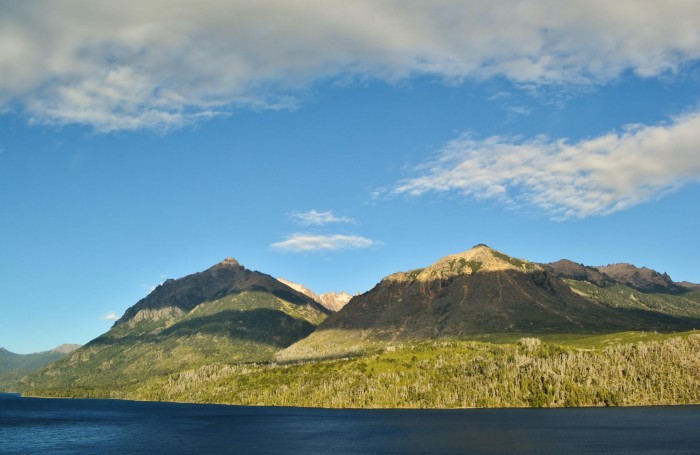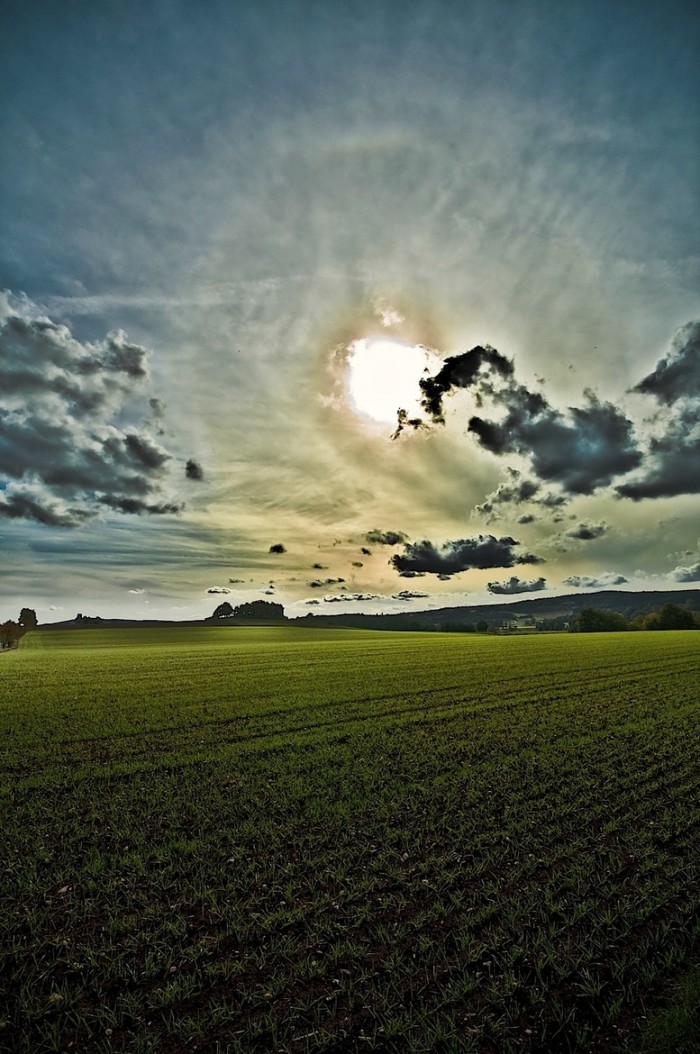
The Majestic Western Ghats by Saranjith S (via 500px)
In general, tea plants grow well in tropical or subtropical regions where rainfall is abundant, humidity is high, and the dry season is no longer than 90 days, and temperatures never fall lower than 23° F. Although this generalization applies to tea plants around the world, tea grown in the U.S doesn’t fall under these conditions. The U.S only has a few locations where tea is cultivated, however some of these locations are quite large, such as the fully mechanized plantation in Charleston, South Carolina. Then there are the smaller locations such as Burlington, Washington, and Fairhope, Alabama, and others where the tea is picked by hand. No matter where tea comes from, there are always specific aspects of the environment that make a huge impact on the flavor outcome. These environmental aspects are what make up tea terroir.
Soil
Soil is one of the most important influencers on tea terroir. The composition and chemistry of the soil, and the dissolved mineral content in any spring water that feeds the tea are two of the most direct influencers because their contents will be absorbed by the tea plant. Studies show that when it comes to tea farming, organic farming (soil free from synthetic chemicals that are not certified organic) returns a far higher crop yield. These organic farms use compost and natural organic matter instead of harmful herbicides and pesticides, which is better for local wildlife.
Ecosystem
The local ecosystem is very important when it comes to terroir. A mountain covered in flowers will impart floral elements to a tea simply through absorbing the aroma in the air. The local ecosystem is influenced by the next two components of terroir, altitude and weather.

The Egret by Jessica Lok (via 500px)
Altitude
Altitude play a key role in flavor as well. Many oolong teas come from high mountains where lingering morning clouds only give way to the sun a few hours of the day. This shading effect slows the growth of the tea plant. Slow growth concentrates the flavors and aromas, the same way distressed grape vines produce flavorful wines. Oolongs are known for their floral aromas. Slow growth also leads to a smaller harvest and higher demand. Tea drinkers around the world covet high mountain oolongs.
Weather
Weather such as sunlight exposure, rain, ocean mist, heat and cold also influence the flavor of tea leaves in different ways. Tea growing in very sunny areas will tend to be stronger and potentially more astringent since it grows more quickly, expending energy on new leaves instead of storing it in small buds longer as it does in colder. mistier weather. Elevation is directly related to weather. Higher elevation tends to be cooler, meaning sweeter tea comes from high mountain regions, where as lower elevation tends to be warmer, creating a more astringent tea.

sol nubes montañas by Rocio Bacci (via 500px)
Cultivation practices
Cultivation practices include the types of farming methods used to grow tea. Many tea gardens use sustainable farming methods for growing organic tea. These growing practices create healthier plants by enriching the soil and allowing the roots of the tea bushes to grow and spread deep into the earth. There is a very detailed schedule of pruning and fertilizing to ensure optimal tea growth for a delicious tasting tea.
Manufacturing
Manufacturing is technically not a part of terroir, but is important to mention because it influences the outcome of the flavor of tea as well as all of the environmental elements. This area is where human intervention plays a key role. Manufacturing is the precise, step by step process of turning freshly plucked leaves into finished teas, which plays a vital part in determining the flavor of the final product. Manufacturing is responsible for creating different types of teas such as green, yellow, white, oolong, and black tea.
To Conclude
Each of these elements of terroir can be explored further and further, but it is hard to say how much of the flavor comes from terroir vs. the the cultivation and manufacturing. Farmers might argue one way, where as factory employees might argue another! The most important takeaway from terroir is that no two batches of tea, even if from the same region, will ever be exactly alike.
In my next post I’ll look into why certain regions are known for certain types of tea, such as why green tea is associated with Japan and black tea with India.
In the meantime, consider joining the tea crafting movement!
Discuss this post on our subreddit
[related-posts]

Untitled by Andi Siess (via 500px)
